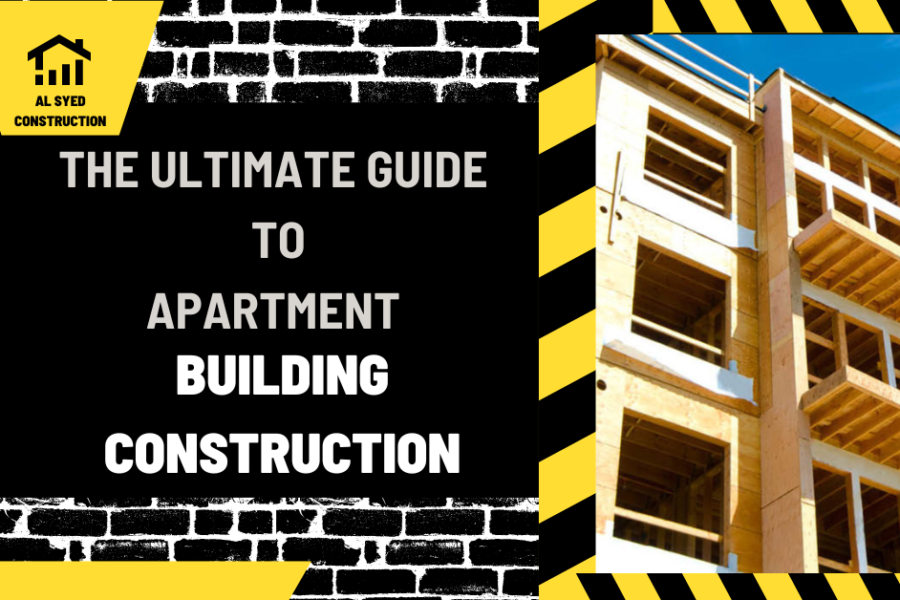The Ultimate Guide to Apartment Building Construction
In the realm of real estate development, constructing an apartment building is a monumental endeavor that requires meticulous planning, expert execution, and a keen understanding of market dynamics. At its core, apartment building construction involves a series of complex processes that must be carefully coordinated to ensure a successful outcome. In this comprehensive guide, we delve into the intricacies of apartment building construction, exploring everything from initial planning and design to construction methods and project management.
Planning and Design
The first step in apartment building construction is thorough planning and design. This stage is critical as it sets the foundation for the entire project. During this phase, developers work closely with architects, engineers, and other stakeholders to create a detailed blueprint for the building. This includes determining the building’s layout, size, and amenities, as well as ensuring compliance with local building codes and regulations.
Key considerations during the planning and design phase include:
- Site selection: Choosing the right location for the apartment building is crucial. Factors such as access to amenities, transportation, and market demand must be carefully evaluated.
- Design aesthetics: The architectural design of the building plays a significant role in its appeal to tenants. Developers must strike a balance between aesthetics and functionality.
- Sustainability: With growing concerns about environmental impact, incorporating sustainable design features such as energy-efficient systems and green spaces is becoming increasingly important.
- Budgeting and financing: Developing a realistic budget and securing financing are essential steps in ensuring the project’s financial viability.
Construction Methods
Apartment building construction can be carried out using various methods, each with its own advantages and challenges. Some common construction methods include:
- Traditional construction: This method involves building the apartment building from the ground up using conventional materials such as concrete, steel, and wood.
- Modular construction: Modular construction involves prefabricating building components off-site and assembling them on-site. This method can reduce construction time and costs.
- Sustainable construction: As sustainability becomes a priority in construction, methods such as green building and passive house construction are gaining popularity. These methods focus on reducing energy consumption and minimizing environmental impact.
Project Management
Effective project management is essential for the successful completion of an apartment building construction project. This involves overseeing all aspects of the project, from planning and design to construction and occupancy. Key elements of project management include:
- Scheduling: Developing a detailed construction schedule and adhering to it is crucial for timely completion of the project.
- Cost control: Monitoring costs and managing budgets are critical to ensure that the project remains financially viable.
- Quality control: Maintaining high standards of quality in construction is essential to ensure the safety and longevity of the building.
- Risk management: Identifying and mitigating risks such as inclement weather, supply chain disruptions, and regulatory changes is essential to prevent delays and cost overruns.
In conclusion, apartment building construction is a complex and multifaceted process that requires careful planning, expert execution, and effective project management. By understanding the key aspects of apartment building construction outlined in this guide, developers can navigate the challenges of construction and deliver high-quality, sustainable apartment buildings that meet the needs of tenants and contribute positively to the built environment.




